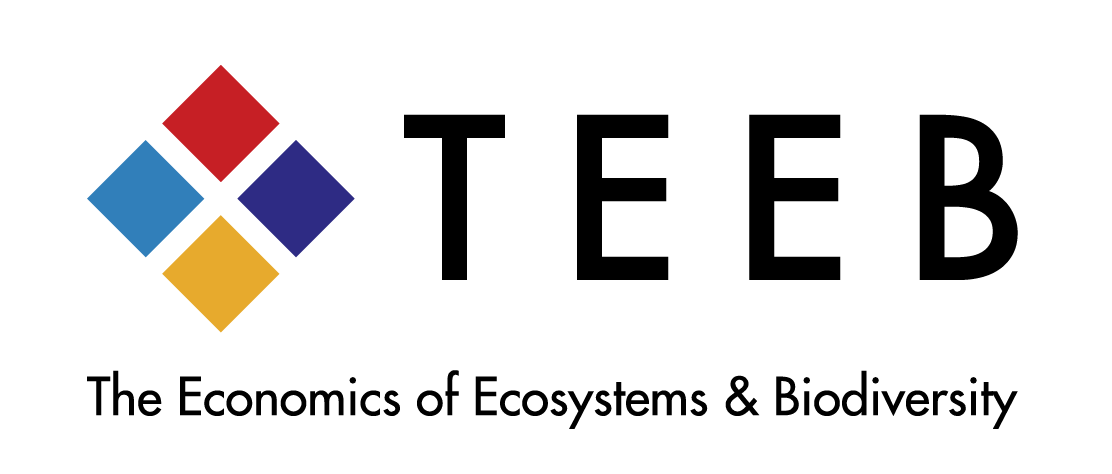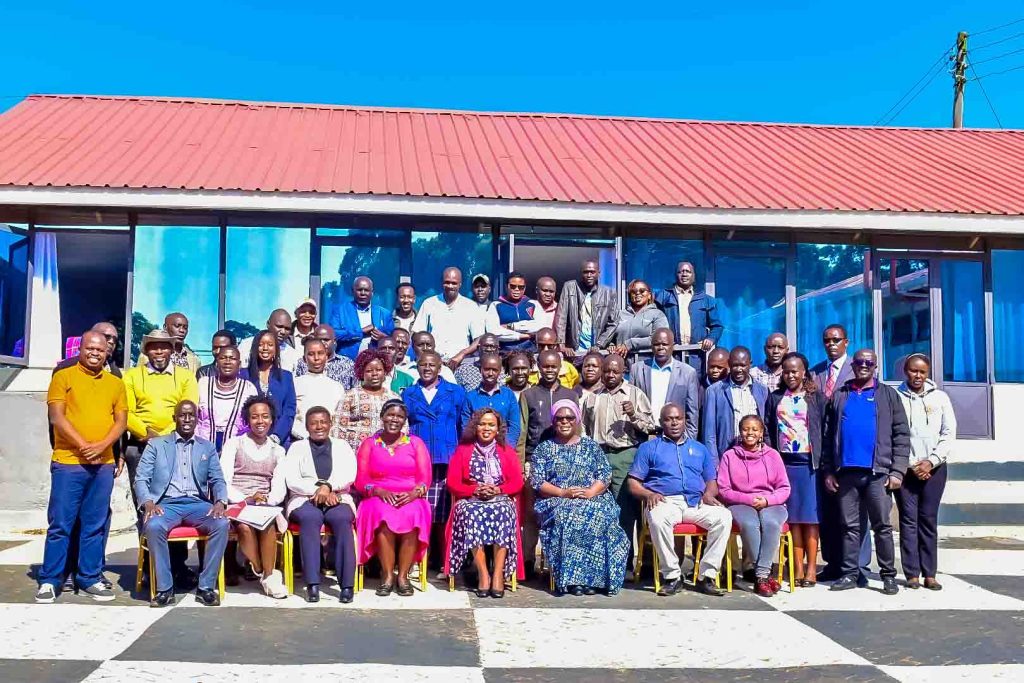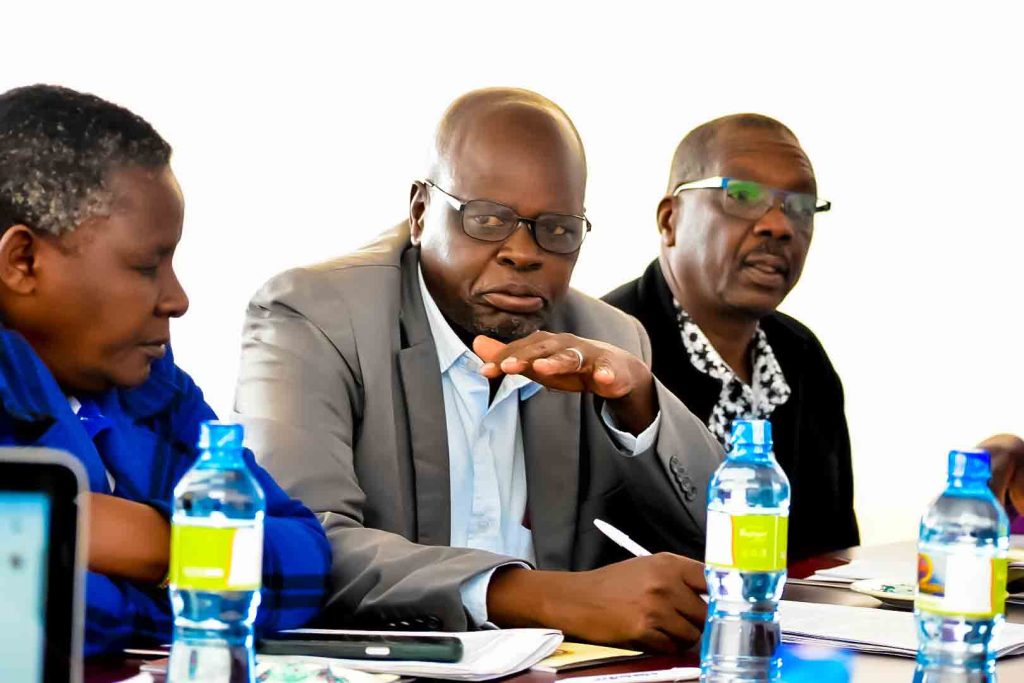



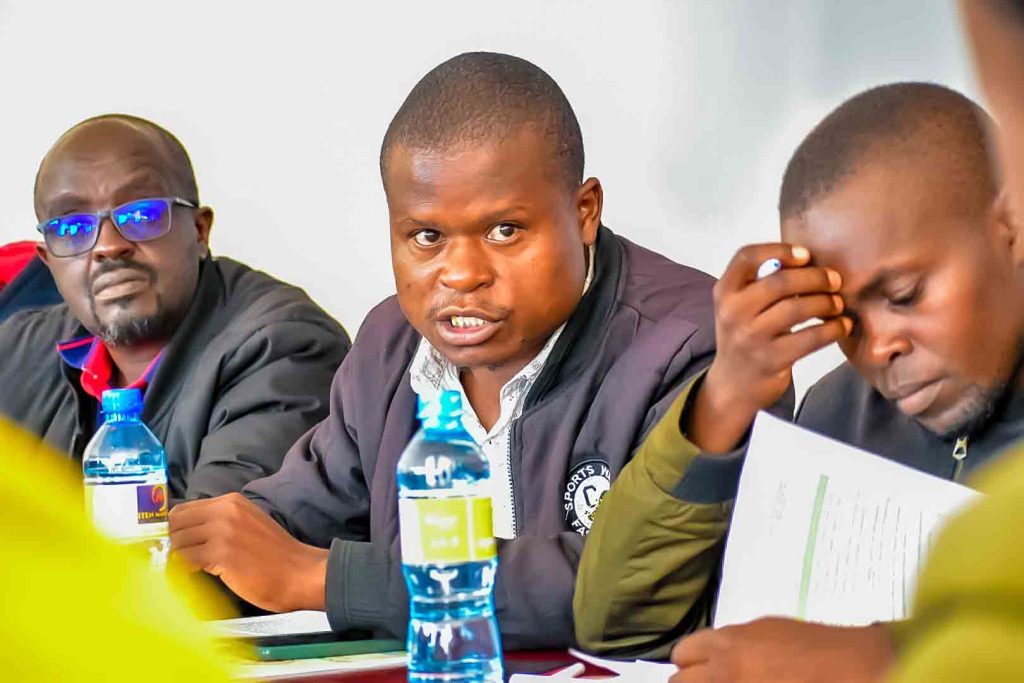
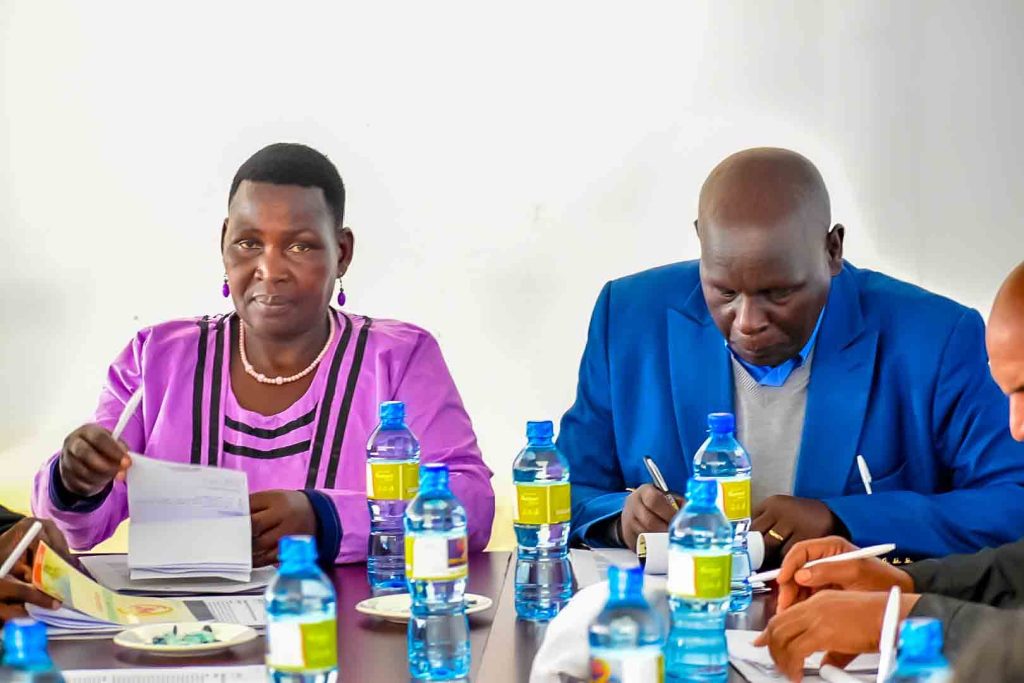
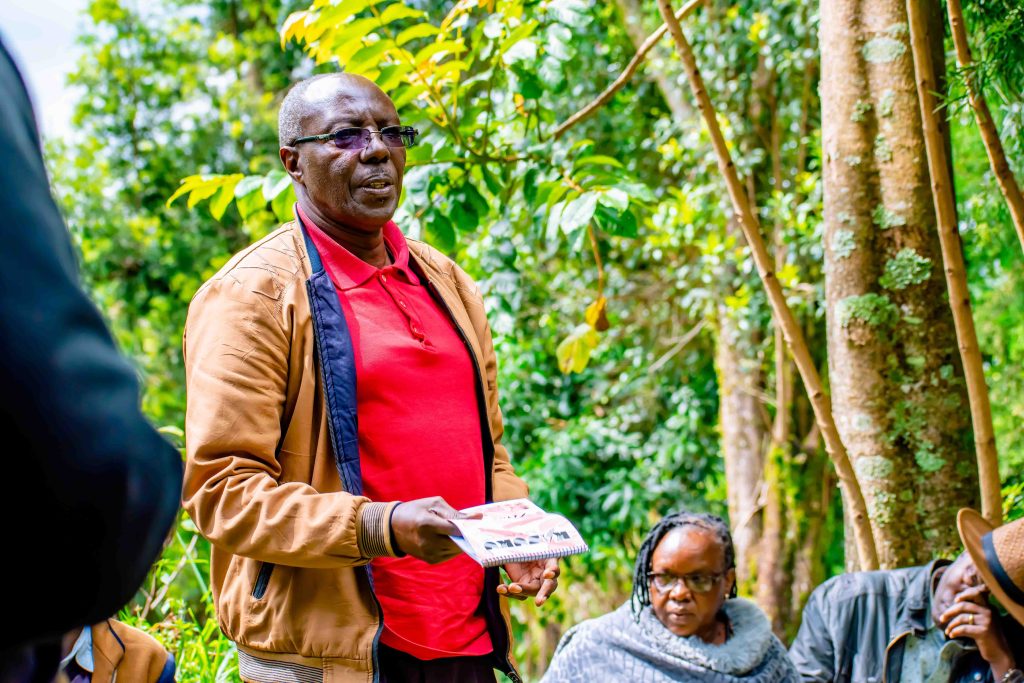
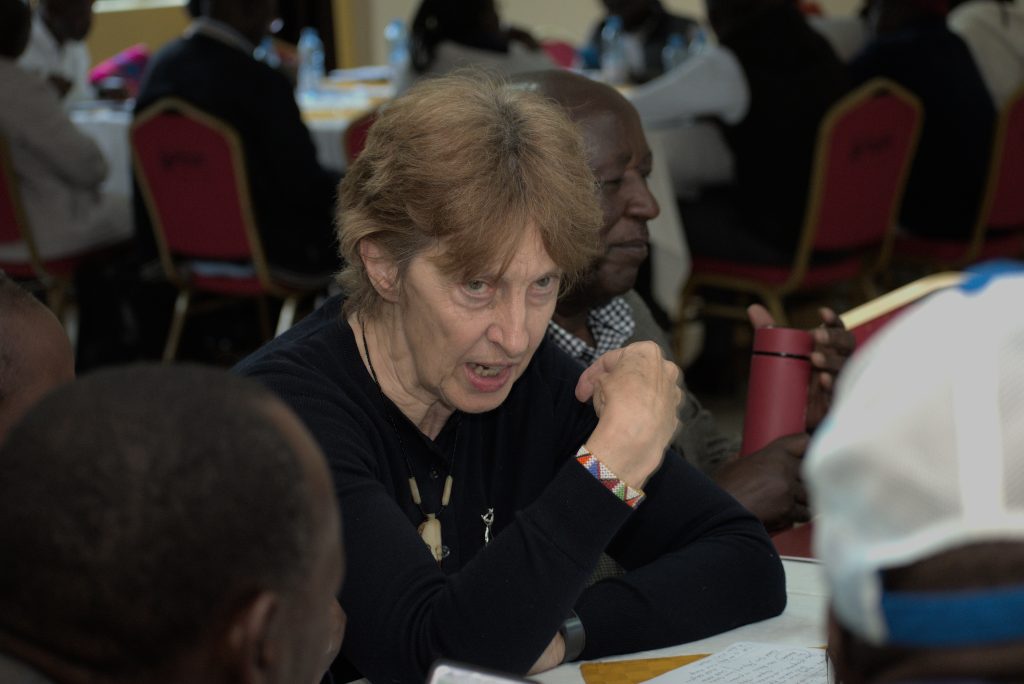
June marked a pivotal moment for the True Value of Food Project Kenya as we convened regional Community of Practice (CoP) meetings across three critical landscapes: the Mau Forest Region, Loita Hills, and Cherengany Hills. Over two weeks, stakeholders from 10 counties came together to explore how redefining the value of food and nature can drive climate resilience, environmental sustainability, and human well-being.
The True Value of Food Project shifts the focus from price to true value, integrating social, ecological, and economic dimensions into decision-making. By doing so, it reveals the hidden costs and benefits of food systems, ensuring that policies and practices support both people and the planet.
Hosted in Narok, Elgeyo Marakwet Counties amidst the backdrop of the shifting environmental conditions, the CoP meetings took the participants through three key themes were discussed during the sessions:
Understanding True Value Accounting (TVA). Facilitated by Strathmore University, this session demonstrated how assessing the full costs and benefits of food production can uncover hidden environmental and social impacts—empowering stakeholders to make more informed choices.
Nature-positive decision-making. Using economic evidence, we explored how communities and policymakers can adopt sustainable practices that ensure long-term ecological health and thriving livelihoods.
Data-driven change. Participants also learned how robust data can enhance natural resource management, shape policy, and improve environmental outcomes through mapping, analytics, and visualization tools.
Redefining prosperity. Moving beyond traditional metrics of wealth, we championed a multidimensional view of well-being—one that prioritizes environmental health, social equity, and long-term sustainability.
The enthusiasm and collaboration witnessed during these meetings underscore a growing demand for systemic change in Kenya. As we advance, the True Value of Food Project remains dedicated to making nature’s value visible and ensuring that the true cost and worth of food inform decisions at every level.
Article by Juliet Hinga
